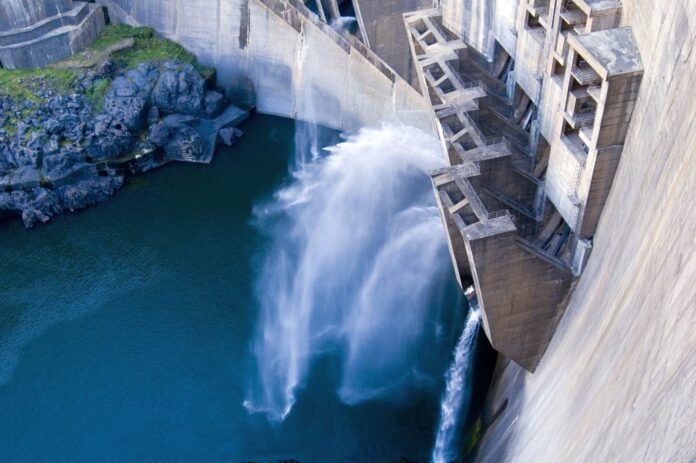Mozambique’s energy production saw a significant increase of 15.3% in the first six months of 2024, totaling 10,097,812 MWh, according to official data on budget execution from January to June. This growth was strongly driven by hydroelectric production, which accounted for 85.4% of the energy generated in the country during the period under review.
The highlight goes to the Cahora Bassa Hydroelectric Plant (HCB), located in the province of Tete, which consolidated its position as the main contributor to this performance. The dam contributed 8,396,380 MWh, which is equivalent to 83.2% of the total hydroelectric power generated in the country and represents 57.9% of the annual target set for 2024.
However, HCB’s management warns of the challenges ahead, as the storage level in the dam’s reservoir has shown worrying signs. On June 30, the useful storage quota stood at 316.98 meters, corresponding to 59.17% of total capacity. This low level is attributed to the weak inflows resulting from the ‘El Niño’ weather phenomenon, characterized by below-average rainfall.
While hydroelectric production showed this increase, thermal power generation fell by 8.9%, resulting in 1,431,364 MWh, which corresponds to 14.2% of the country’s total energy production. Solar energy production also fell, registering a decrease of 13.7%, with a volume of just 45,017 MWh, representing a modest 0.4% share of the total produced.
The Cahora Bassa Hydroelectric Dam remains a crucial pillar in Mozambique’s energy matrix, but the effects of the weather and adverse water conditions could significantly impact its production capacity in the coming months. The dam, which stands out as the fourth largest reservoir in Africa, covers an area of 2,700 square kilometers, with an average depth of 26 meters, and stretches 270 kilometers in length, with a maximum width of 30 kilometers.




